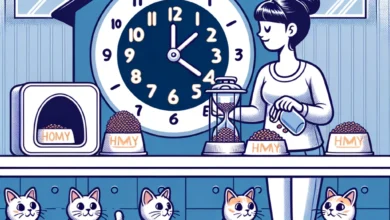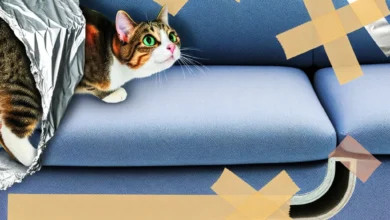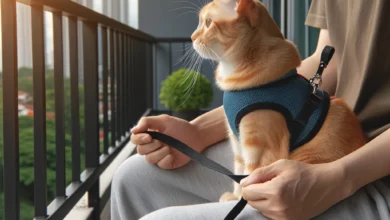How to prevent cat from eating other cats food
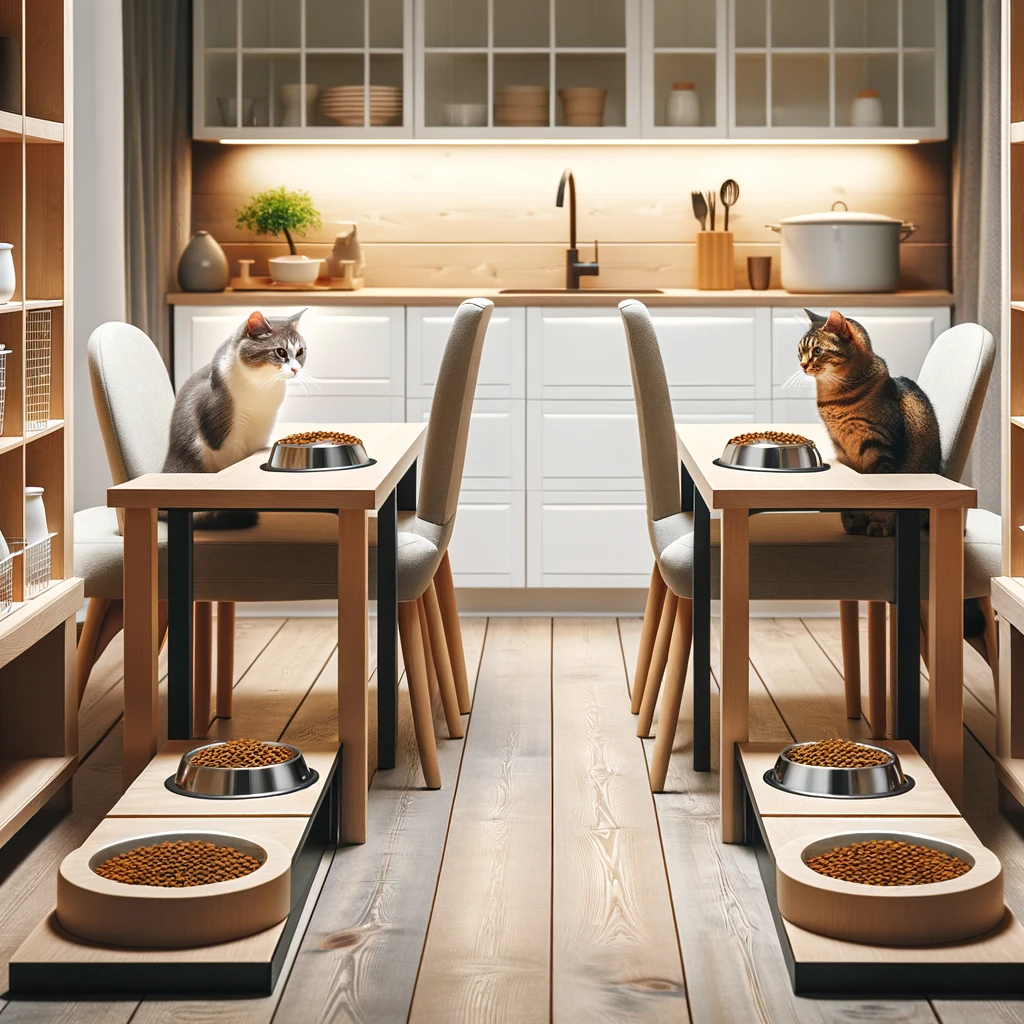
Cats are known for their strong territorial instincts and individual dietary needs, which can lead to conflicts during meal times in households with more than one cat. The reasons for one cat eating another’s food range from dominance behavior to simple curiosity or hunger. Understanding these motivations is key to addressing the issue effectively.
How to prevent cat from eating other cats food
Establish Clear Mealtime Routines
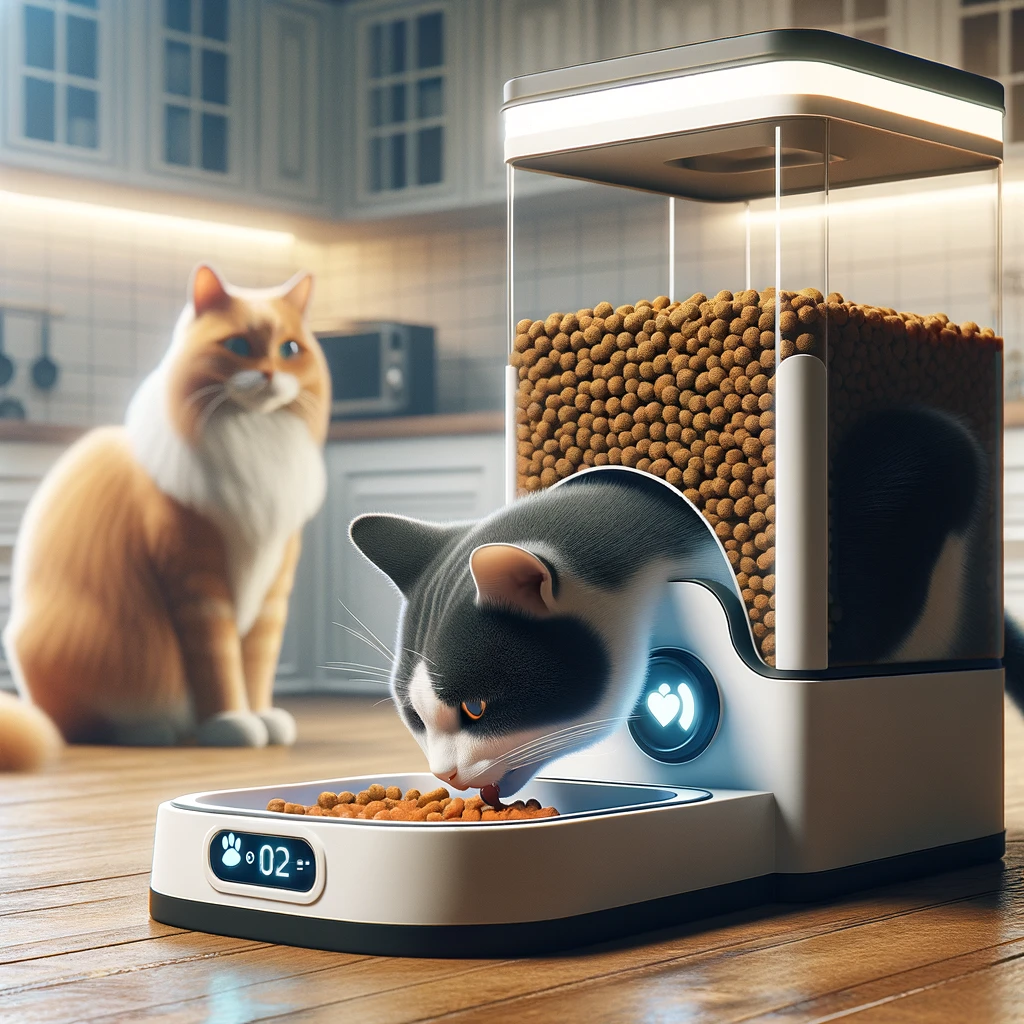
Consistency is crucial when feeding multiple cats. Establishing a regular feeding schedule helps manage your cats’ hunger and expectations, reducing competition over food.
- Scheduled Feeding vs. Free Feeding: Scheduled feeding involves providing meals at set times of the day, which can help prevent overeating and ensure that each cat eats only its portion. Free feeding, where food is left out all day, can make it difficult to control who eats what and how much.

- Separate Feeding Areas: Feed your cats in separate areas of your home to give them a sense of security and minimize competition. This can be different rooms or simply opposite ends of the same room, as long as there’s a clear separation.
- Use Vertical Space: Cats love vertical space, and feeding them at different heights can help manage feeding issues. Consider using cat trees or shelves for one cat’s feeding spot if they’re comfortable with heights.
Tailor the Diet to Each Cat
Cats may have different dietary needs based on age, health, and activity level. It’s essential to ensure that each cat’s nutritional requirements are met without interference from others.
- Consult a Veterinarian: A vet can help tailor a diet plan for each cat, considering their specific health needs.
- Use Puzzle Feeders: These can slow down fast eaters and provide mental stimulation, making them less likely to invade another cat’s space.
Training and Behavior Modification
Training cats to respect each other’s food involves patience and consistency.
- Positive Reinforcement: Reward cats with treats or praise when they stick to their designated feeding area.
- Distraction Techniques: Use toys or treats to lure a cat away from another’s food.
Technological Solutions
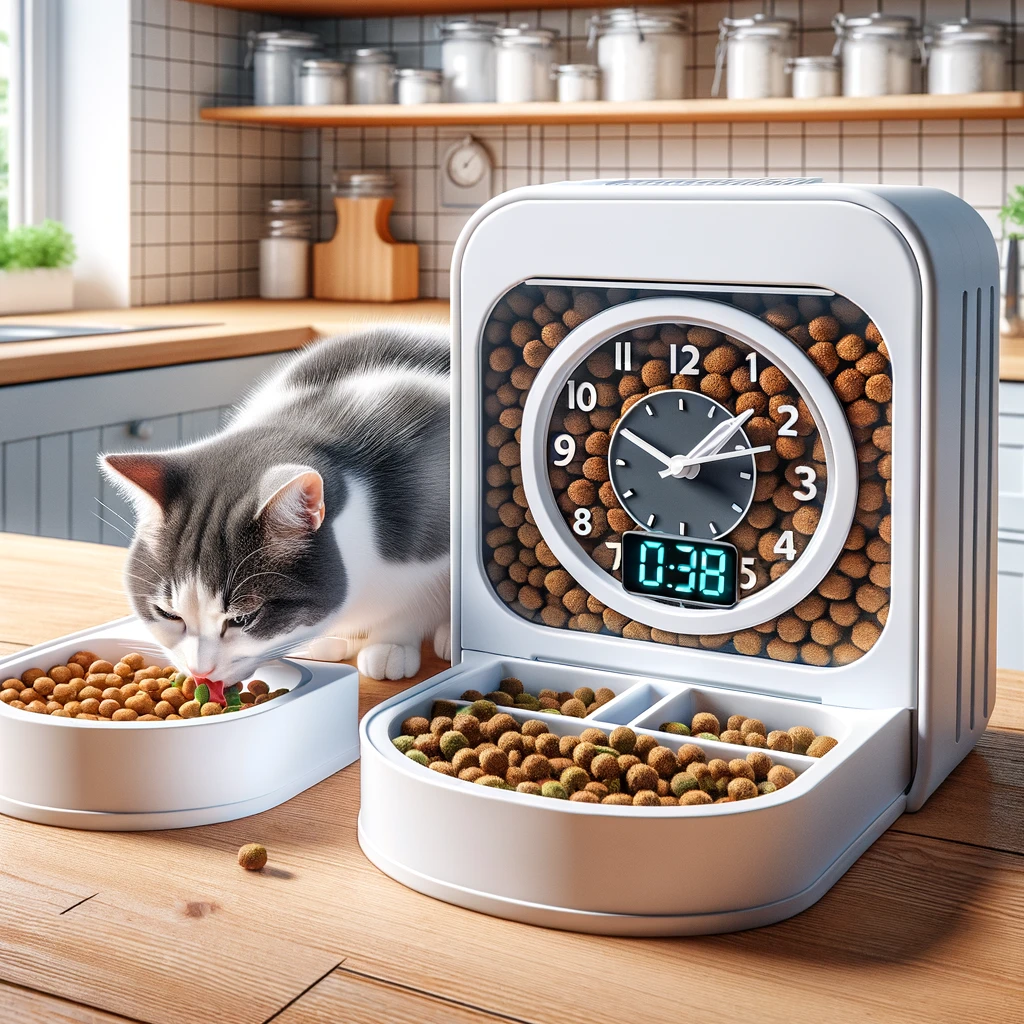
- Microchip or RFID Feeders: These specialized feeders only open for the cat with the corresponding microchip or RFID collar tag, preventing other cats from accessing the food.
- Timed Feeders: Timed feeders can provide meals to individual cats at different times, reducing competition.
Monitoring and Adjustment
Keep a close eye on your cats during meal times to intervene if one tries to eat the other’s food. Be prepared to adjust your strategy as needed, whether it means changing feeding locations, times, or methods.
Health Considerations

Ensure all cats are receiving adequate nutrition and monitor their health closely. A cat that’s overly aggressive about food may have underlying health issues that need to be addressed.
Fostering a Peaceful Coexistence
Beyond mealtime management, fostering a harmonious environment can reduce competition and stress among cats. Provide ample resources (water, litter boxes, resting areas) in multiple locations to reduce competition and ensure each cat has its own space.
Conclusion

Preventing a cat from eating another’s food in a multi-cat household requires a multifaceted approach, including establishing routines, customizing diets, employing behavioral strategies, and considering technological aids. With patience and consistency, you can create a peaceful feeding environment that respects each cat’s individual needs and preserves harmony in your home.
By addressing the root causes of food competition and employing targeted strategies, cat owners can ensure their pets remain healthy, happy, and well-fed, without the stress of mealtime battles. Remember, each cat is unique, and what works for one household may need adjustment for another. Continual observation and adaptation are key to finding the perfect balance for your feline family members.
